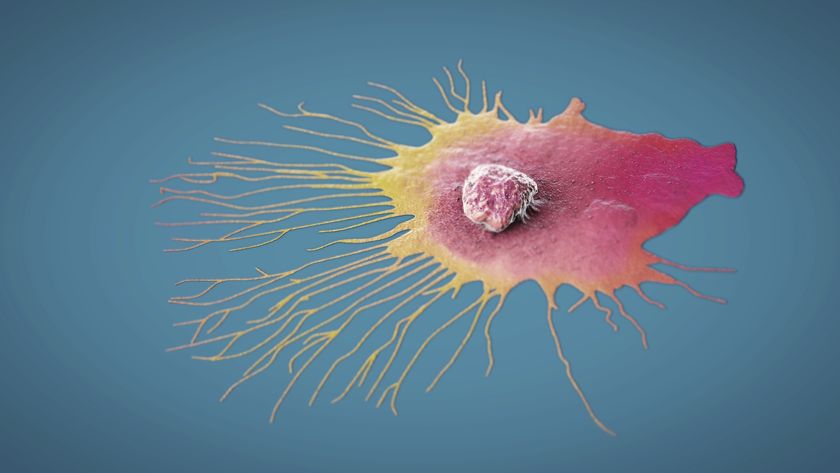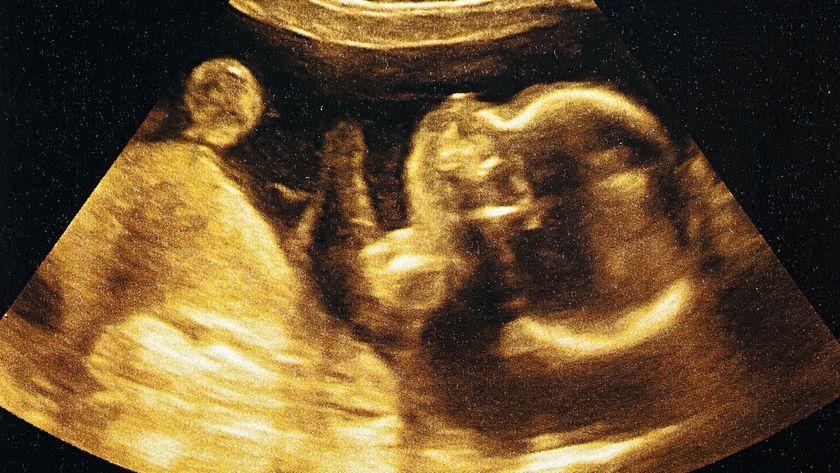Why Bright Light Worsens Migraine Headache Pain

When a migraine hits, many sufferers hide out in a dark room, away from the painful light. Now scientists think they know why light makes migraines worse.
New research on humans and rats has revealed a visual pathway in the brain that underlies this light sensitivity during migraines in blind individuals and in individuals with normal eyesight.
"Clinically, this research sets the stage for identifying ways to block the pathway so that migraine patients can endure light without pain," said Rami Burstein, a professor of anesthesia and critical care medicine at Beth Israel Deaconess Medical Center and Harvard Medical School in Boston, Mass.
However, the pathway was specifically identified in rat experiments. And studies done on rodents do not always translate to useful human therapies, so more research would be needed.
More than 30 million people in the United States are affected by migraine headaches, which are often described as throbbing pain in one area of the head and accompanied by nausea, vomiting and other symptoms.
In addition, for reasons that were unknown, nearly 85 percent of migraine patients are also extremely sensitive to light, a condition known as photophobia. Even some blind individuals with a history of migraines showed photophobia. And so the researchers hypothesized that signals transmitted from the retina along the optic nerve were somehow triggering the intensification of pain. The scientists examined two groups of blind human patients who suffered migraine headaches: patients who were totally blind and were unable to see images or sense light; and a group considered legally blind due to retinal degenerative diseases who couldn't perceive images but could detect light. The patients in the first group, who couldn't sense light, showed no worsening of their headaches when exposed to light. Those in the second group described increased pain in light.
"This suggested to us that the mechanism of photophobia must involve the optic nerve, because in totally blind individuals, the optic nerve does not carry light signals to the brain," Burstein said.
Sign up for the Live Science daily newsletter now
Get the world’s most fascinating discoveries delivered straight to your inbox.
The scientists knew that the second group of blind individuals didn't maintain normal sleep-wake cycles, which are dictated by light, while the other group did. So perhaps, they thought, retinal cells that control biological functions like sleep and wakefulness are involved in this light-headache phenomenon. These retinal cells contain melanopsin.
They tested out these ideas in a lab, by injecting dyes into the eyes of rats with migraine headaches. By following the dyes, the researchers traced the path of the melanopsin retinal cells through the optic nerve to the brain, where they found a group of brain cells that became electrically active during migraines.
"When small electrodes were inserted into these 'migraine neurons,' we discovered that light was triggering a flow of electrical signals that was converging on these very cells," Burstein said. "This increased their activity within seconds."
And even when the light was removed, Burstein said, these neurons remained activated. "This helps explain why patients say that their headache intensifies within seconds after exposure to light, and improves 20 to 30 minutes after being in the dark."
The results are detailed online today in the journal Nature Neuroscience.



